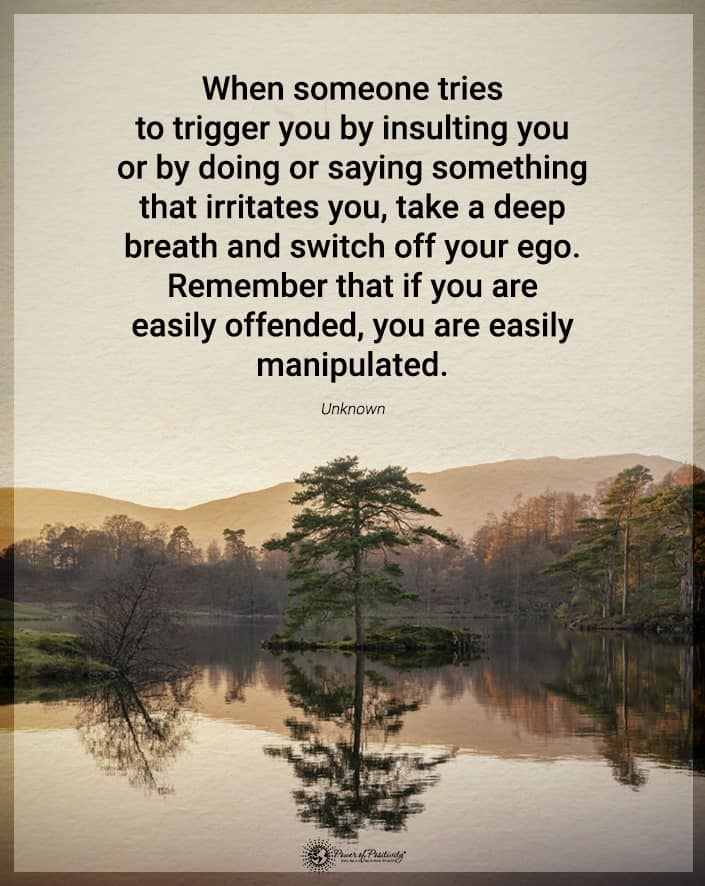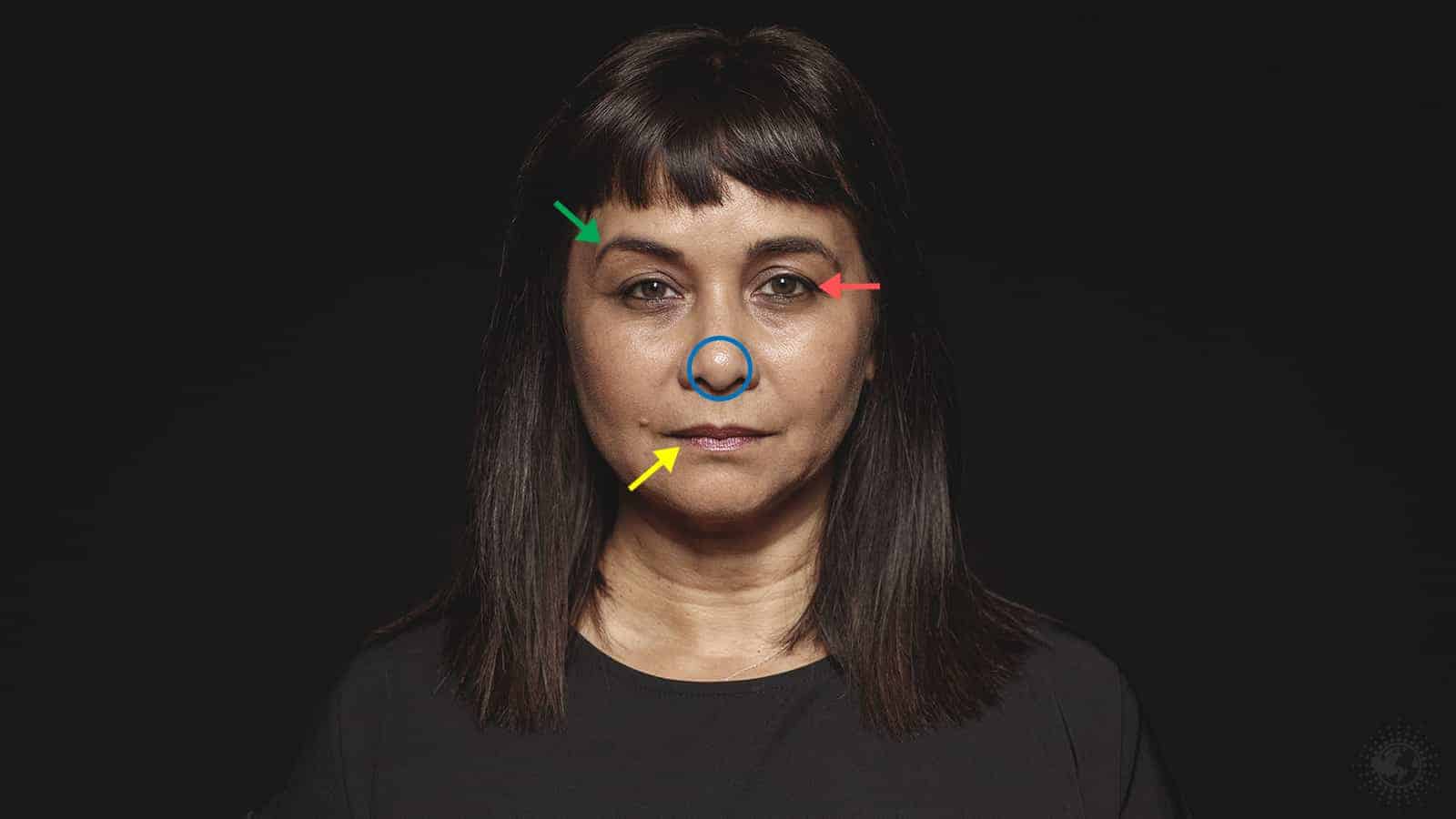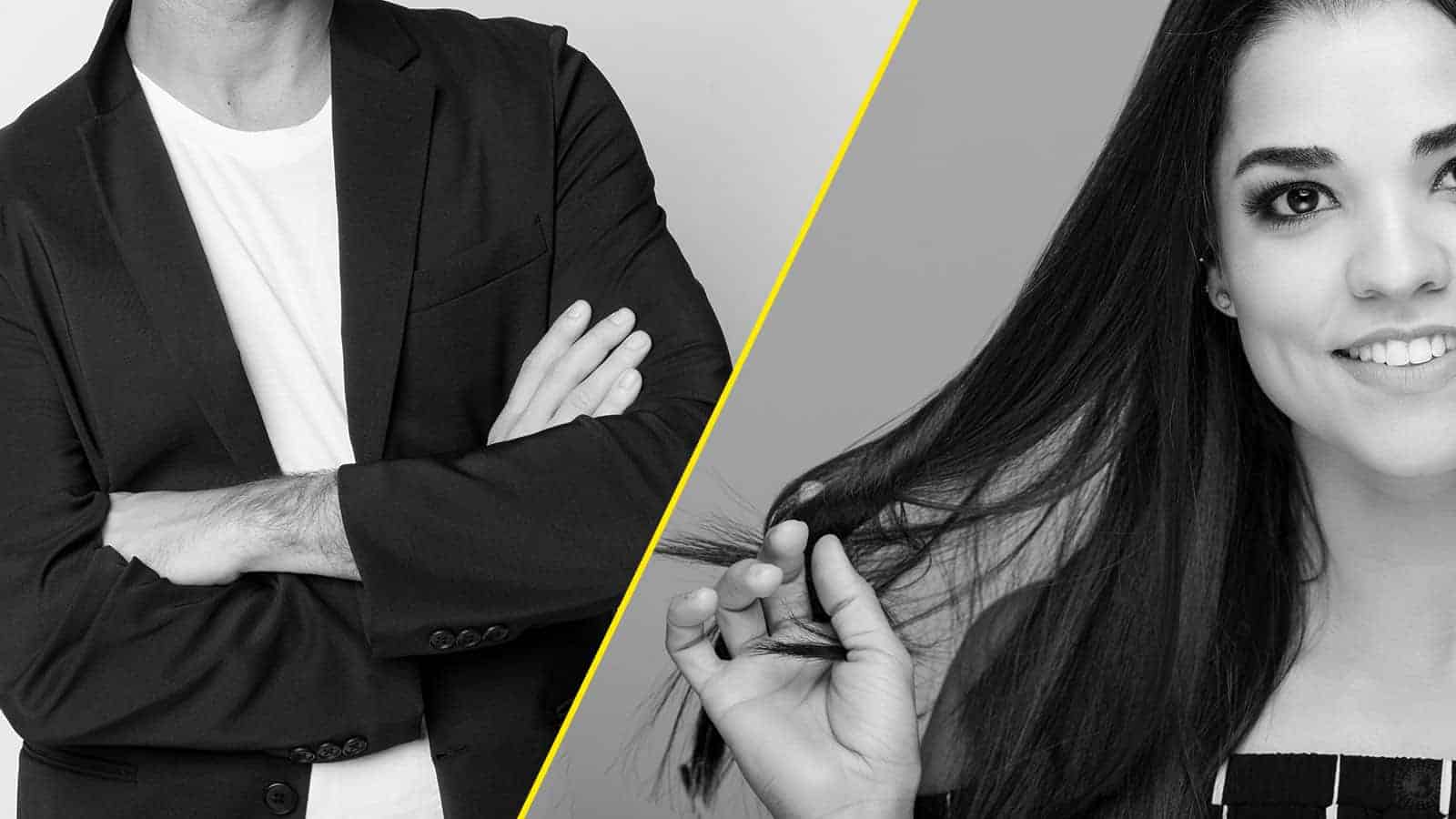Isn’t it amazing that you can usually tell how people feel by reading their body language and facial expressions?
It’s part of the human ability to convey and interpret nonverbal communication. If what you’re saying isn’t congruent with the expressions on your face, most people can catch on instantly.
Face the Emotions
Even though interpreting nonverbal emotional cues is essential, it still doesn’t provide the cause behind the feelings. When you see someone’s countenance that conveys negative emotions, it’s easy to take it personally. The expressions you’re reading may not even be about you.
It’s easy to have misunderstandings when you misinterpret expressions on another person’s face. They may be smiling and telling you everything you want to hear, but their face says something different. It’s a unique process of active listening, observing the face, and reading subtle body language.
 Basic Emotions and Facial Expressions
Basic Emotions and Facial Expressions
According to a study published by the American Psychological Association, humans have seven primary emotions and universal ways of displaying them on their faces. The researchers referenced Darwin’s seminal works, who theorized that emotions and countenance evolved out of necessity and are the same worldwide. Later studies conducted by researchers Carrol Izard and Paul Eckman elaborated on the universality of expression and emotions.
Eckman and his associates pinpointed seven basic human emotions. These include happiness, sadness, anger, fear, disgust, contempt, and surprise. According to a current study published by Nature, the list was subcategorized into a total of 16 complex emotions. The study mentions triumph, sadness, pain, surprise, doubt, interest, joy, contentment, disappointment, desire, concentration, contempt, confusion, awe, and anger.
Noticing Micro-Expressions
If you are a skilled reader of people’s faces, you’ve noticed that expressions can change rapidly. Those barely discernible ones have been labeled as micro-expressions. A study published by Sensors states that they are involuntary and can last between 1//15-1/25 of a second.
When you learn to detect micro-expressions, it can give you clues that the person is trying to hide true feelings. They are usually a tell-tale sign of somebody being honest or deceitful. Honing your skills for detecting and interpreting these micro-expressions may help you better understand others’ feelings.
These micro-expressions are just miniature versions of the same extended manifestations. These include happiness, sadness, anger, surprise, disgust, fear, and contempt. They flash by like a shadow and show reality rather than dishonesty.
How to Identify Common Emotions by Facial Expressions
For most people, one look at their face will convey their emotions. Each facial feature provides the observer with valuable clues. In early childhood, you learned to study faces to know how to react to others instinctively.
The old saying is true that calls your eyes the “window of the soul.” Only skilled pathological liars can gaze into another person’s eyes and tell a lie. You also focus on the countless expressions on people’s mouths, like an upturned happy mouth and a frowning mouth that’s upset.
All the face features create a person’s countenance and tell a story to those who are observing. Not a word has to be said. Here are four ways your face reflects what’s going on in your mind.
1. Eyes
Even if somebody is wearing a mask covering their mouth, it isn’t challenging to see emotions in their eyes. They are vital for facial recognition, and they provide many clues to someone’s genuineness and feelings. These are subtle clues that your eyes reflect.
- Pupil dilation: When people are interested in what you’re saying, or they may be attracted to you, their pupils will be dilated or become more prominent. While this involuntary action opens the pupils more when light is dimmer, it is an emotional sign in normal light.
- Blinking: If you are talking to a person and they’re blinking more rapidly than usual, they could be uncomfortable or distressed. Conversely, someone who doesn’t blink much may be trying to hide their emotions.
- Narrowed eyes: There’s always a chance that people are squinting because of poor vision. However, people often narrow their eyes when they find contempt for what you’re saying or are trying to size you up. If they squint their eyes and look away for a minute, it could be that they are seriously thinking about the conversation.
- The staredown: Have you ever watched two dueling cats in a staring match for domination? Intense staring with narrowed eyes and bent brows usually means anger or hostility. However, some people stare non-threatening when they’re paying full attention.
- Eye contact: There can be several reasons if a person can’t maintain eye contact with you. They could be shy and reserved or are distracted. Lack of eye contact can also be the classic sign of dishonesty.
2. Brows
Whether they are pencil-thin or bushy, your eyebrows work in tandem with your eyes to convey nonverbal messages. They are just as essential as your eyes for facial recognition. These are cues the brows show:
- Arched and raised: To interpret the brows’ upward lift, you must consider cues from the rest of the face. When you are elated or surprised, your brows will lift with joy in your overall countenance. It can also signal disbelief or being overwhelmed.
- Lowered: When a person’s brows are lowered and pinched together, it may be that they are feeling angry or hostile. However, compare it with other features, and they may be sad or even frightened.
3. Mouth
Perhaps nothing connects people more than a genuine, engaging smile. It’s the quintessential expression of happiness, friendliness, and acceptance no matter where you live. However, a tight, upturned mouth may be a forced smile that’s masking genuine emotions.
Here are some other ways the mouth can express feelings:
- Wide open mouth: This expression can signal surprise, fear, or frustration. If the person’s jaw is dropped, it may be signs of these same emotions.
- Half-smile: When only one corner of the mouth is uplifted to form a half-smile, you’ll need to observe the eyes and brows to interpret the whole emotional picture. Some people offer half-smiles when they are shy, embarrassed, or hesitant. It can also convey hate and contempt.
- Baring the teeth: Many people have a natural toothy smile. But if it is out of character for the person, it could be a fake smile. Baring the teeth can also be a classic expression of extreme emotion, hostility, or anguish.
- Biting the lips: One of the usual signs of anxiety, fear, or indecision is lip biting. It may also reflect inner turmoil or repressed anger, according to the context of the whole countenance.
- Pursed lips: Unless someone is blowing you a kiss, pursed lips show irritation, impatience, and disgust. However, some people often purse their lips and bring them to one side when they are in deep concentration.
- Covering the mouth: It’s expected for people to cover their mouths when sneezing, coughing, yawning, or burping. If you notice that someone is involuntarily covering their mouth with their fingertips or a clenched fist, chances are they aren’t true to their feelings.
4. Nose:
Although not nearly as expressive and other facial features, your nose can still display emotion. Flared nostrils can signal anger, hostility, or fear. A crinkled nose usually means disgust.
Putting It All Together
Imagine your face as a jigsaw puzzle. To discern emotions through facial expressions, you need to consider each feature in the entire picture. Bring the eyes, brows, mouth, and even the nose into the equation.
It takes practice and good listening and observation skills to interpret emotions through facial signs. When you maintain proper eye contact, you can read people’s faces well. However, you want to do it naturally and not so evident that it makes others uncomfortable.
Using Faces for Nonverbal Social Cues
An experienced socializer and good listener can usually take unspoken cues when relating to others. Whether your relationships are personal or professional, this ability can help you avoid misunderstandings and dishonesty. You will learn to recognize micro-expressions and how the person may be feeling.
If you’re talking to somebody and glancing away more than expected, they either want to end the conversation or be uncomfortable with the subject. Subtle signs of anger and hostility can be present even when the person is smiling. It may be your cue to work out your differences or make your exit.
Can Facial Expressions Bring the Emotion?
According to a study published by the Association for Psychological Science, research suggests that expressions can’t force emotion. You may try to “grin and bear” uncomfortable situations, but a forced smile doesn’t change how you feel. The current publication contradicts findings in a 1988 study.
Final Thoughts on Emotions and Facial Expressions
People’s faces are usually an open book that shows their emotions. Even when they are trying to hide their true feelings, their facial expressions will betray them. When you learn to read these expressions, it can help you relate to others better.




















